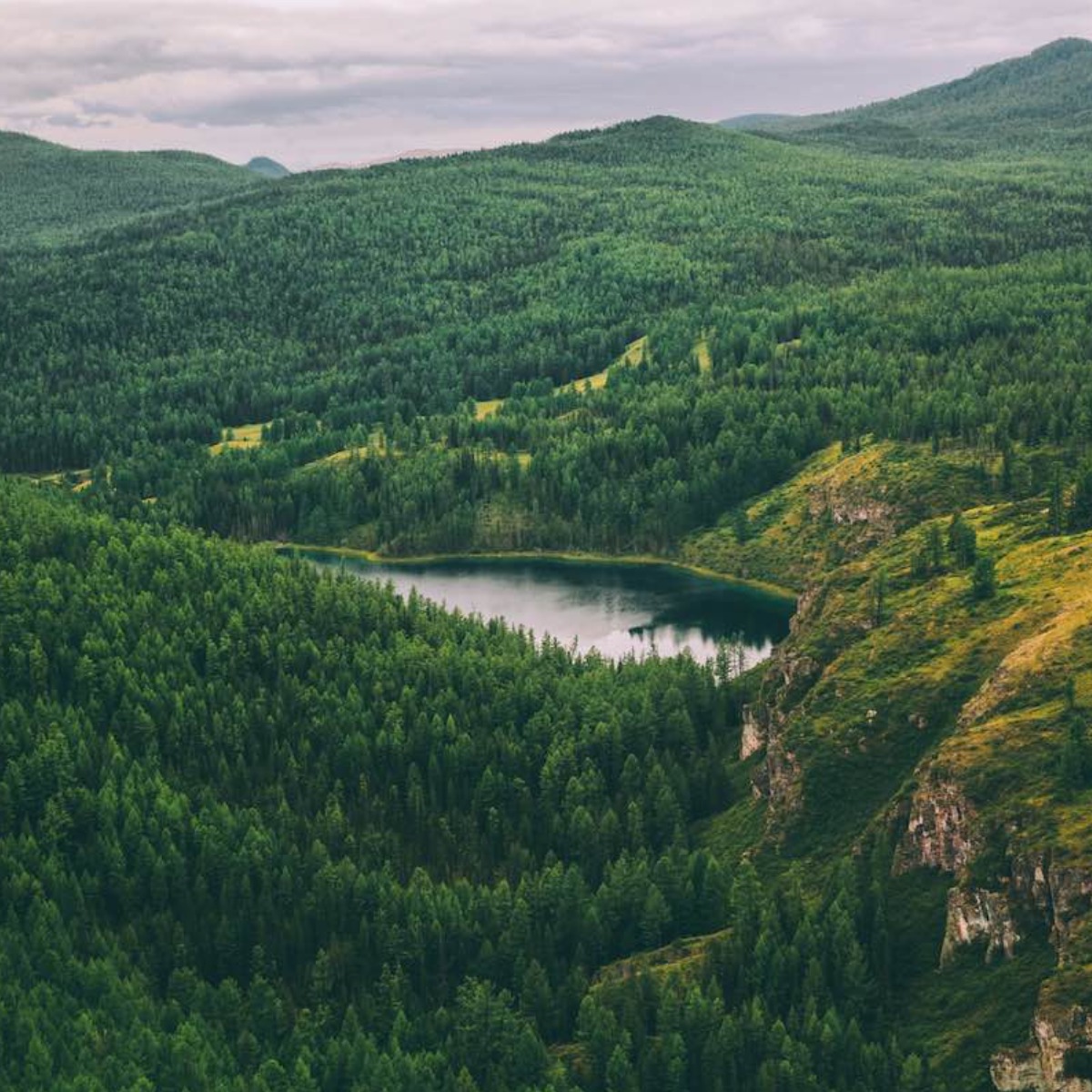
25 -year study states that forests with five tree species capture 57% more carbon compared to monocultures
Mixed forests store more carbon and strengthen the fight against climate change forests play a fundamental role in carbon capture and storage, which helps reduce the speed of global warming. However, not all forests have the same capacity for carbon absorption and retention. A recent study of the University of Friburg has shown that mixed forests, those that contain various tree species, are significantly more efficient in carbon capture than monocultures. These findings reinforce the importance of promoting forest diversity as a key strategy against climate change.
Arboreal diversity experiment in the tropics The investigation was based on data from the sardinilla experiment in Panama, started in 2001 and considered the diversity experiment of the worlds tropical tropical trees. Throughout the years, trees has allowed long -term carbon storage. The researchers examined various carbon deposits, including tree biomass, leaf litter and mineral soil. Arboreal diversity improves the capture of carbonolos results of the study indicate that forests with five tree species have a much greater carbon storage capacity than monocultures. In particular, the mixed forests captured 57 % more carbon in their biomass than the forests of a single species. However, carbon storage in the soil and underground carbon flows did not show significant variations between the different types of forest. A carbon sink resilient the benefits of forest diversity do not decrease over time; On the contrary, they are strengthened. During the study period, mixed forests demonstrated greater resistance to extreme climatic events, such as droughts caused by the child and hurricanes. According to Dr. Florian Schnabel, principal author of the study and forest scientific of the University of Freiburg, ?the ecological stability of diverse forests reduces the risk that stored carbon be released again to the atmosphere, unlike the monocultures. ?Climate Reforestation and Action This findings underline the need to prioritize tree diversity in reforestation projects to maximize carbon collection. However, the researchers warn about the limits of emission compensation by planting forests. The researcher Dr. Catherine Potvin, of the McGill University, indicated that ?the average net capture of CO2 in these forests is 5.7 tons of CO2 equivalent per hectare and per year. To compensate for the emissions of a first leg between Frankfurt and Panama City, Panama City I would require a year of growth in 11 hectares of this type of forest. ?Additional benefits of diverse forests of their carbon capture capacity, mixed forests offer multiple ecological benefits. Among them, include: ? Promotion of biodiversity: they provide habitats and food for various species of fauna and flora ? Protection against pests and diseases: their diversity reduces the spread of pests, avoiding mass losses such as those that occur in monocultures ? Water regulation and soil stability: they prevent erosion, stabilize the soil and protect the essential water sources for communities human. The promotion of tree diversity not only improves carbon capture, but also strengthens the resile of forest ecosystems in the face of climate change. Investing in mixed forests represents a key strategy to mitigate global warming, improve biodiversity and guarantee long -term ecological stability.
IT MAY INTEREST YOU
 Experts cant believe it, but this tree is the oldest in the world and continues to bear fruit: it is 4,000 years old.
Experts cant believe it, but this tree is the oldest in the world and continues to bear fruit: it is 4,000 years old.
Nature keeps secrets that defy the passage of time, and one of the most surprising examples is a tree that, approximately 4,000 years old, continues to bear fruit today. This specimen has become a symbol of resistance and longevity, capable of surviving climate changes, landscape transformations and human activity itself.
 Botanists discover giant trees up to 3,��� years old in Tanzania, unknown until now by science
Botanists discover giant trees up to 3,��� years old in Tanzania, unknown until now by science
Scientists have identified a new species of giant tree, Tessmannia princeps, in the Udzungwa Mountains. This species had never before been recorded by science.
 They promote research in pine resins from the NEA
They promote research in pine resins from the NEA
The forestry industry is one of the most important sectors in the economies of Misiones and Corrientes. Thousands of hectares of pine supply the paper, pulp, boards and sawmill industry. Pinus elliottii, one of the species established in the region, in addition to providing wood, is used to produce resin, a non-wood forest product with high demand in the chemical, pharmaceutical and cosmetic industries. In 2\024, resin extraction of approximately 52,6\0\0 tons was achieved from approximately 18,\0\0\0,\0\0\0 trees in production, generating income and jobs with high expansion potential.




















